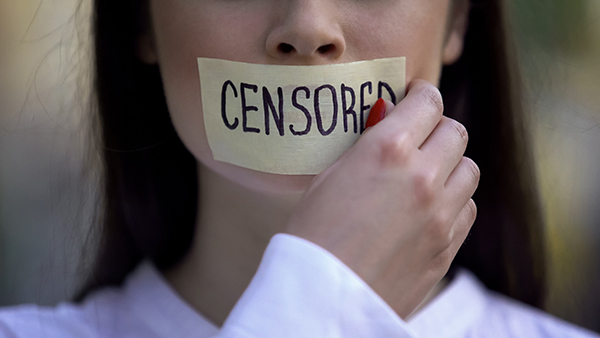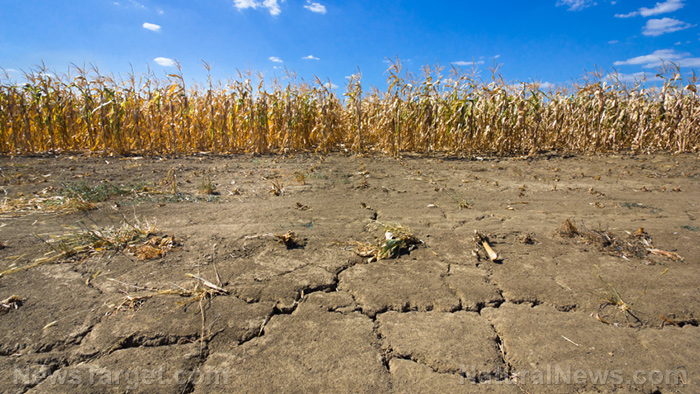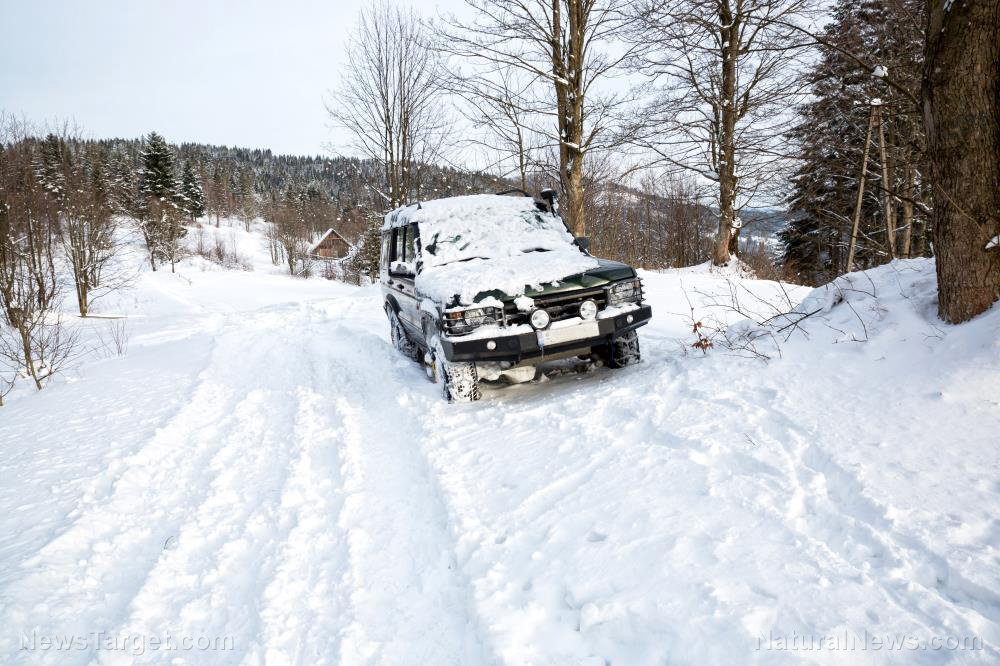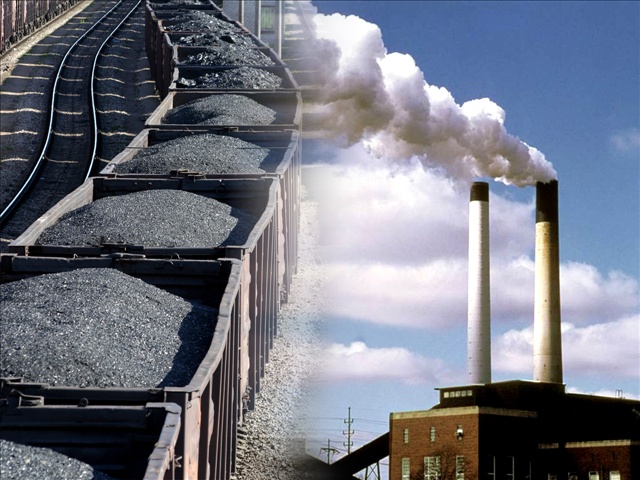Catastrophic drought puts a strain on California’s hydropower supply
06/17/2021 / By Virgilio Marin

The widespread drought gripping the western U.S. has drastically reduced California’s hydropower supply. With less electricity coming from hydropower dams, the state may be forced to ramp up gas-fired power generation and ask residents to reduce their electricity use.
Hydroelectric power is generated by capturing the energy of water falling over dams to produce electricity. When water levels in rivers or reservoirs decline, the amount of hydropower generated decreases. In 11 of California’s 12 biggest reservoirs, water levels have fallen well below normal, according to the California Department of Water Resources (CA-DWR).
Already, the state’s hydropower is down by about 40 percent this month compared to the same time last year, according to BloombergNEF (BNEF). Data from the Energy Information Administration (EIA) shows that hydropower output levels haven’t been this low since late 2015.
“California is walking a tightrope,” BNEF analyst Brianna Lazerwitz said, noting that hydropower has provided almost 13 percent of the state’s electricity over the past three years. On August 18 last year, nine percent of its electricity is hydropower, but Lazerwitz predicts that it might have a gigawatt less in the same month this year. “It’s likely that California will be more strained this year than last,” she added.
Drought out west threatens California’s electricity supply
This decrease in hydro supply comes as rolling heatwaves grip the western U.S. The region is currently facing its worst dry season in two decades, according to data from the U.S. Drought Monitor.

California is among the hardest hit, with 85 percent of the state in extreme or exceptional drought as of June 10. Around three-quarters of its annual precipitation fall between November and March, according to the CA-DWR. But the little snow that fell melted quickly and seeped into the ground instead of flowing into rivers, streams and reservoirs. Now, the state’s snowpack is below normal. (Related: Despite record-breaking drought conditions, California officials are draining reservoirs.)
“Since smaller snowpacks melt faster than larger ones, the lower-than-average snowpack may cause available hydropower generation to peak earlier in the year,” the Federal Energy Regulatory Commission said in a May report. “That could mean less hydropower generation would be available to help meet peak electric demand mid- to late-summer.”
Indeed, the California Independent System Operator (California ISO), the nonprofit corporation that runs the state’s power grid, warned in a May report that it might face challenges meeting demand this summer.
To prepare for that possibility, California utility giant Pacific Gas & Electric Company holds back on the use of its hydropower dams to have enough water in the reservoirs when temperatures soar. “We have been conserving water in our reservoirs so that we have that same available volume for peak,” said CEO Patricia Poppe.
Last Tuesday, June 15, California ISO said that it might need to ask residents to reduce their electricity use to avert blackouts. It noted that while there is still enough power supply, disruptions such as downed power lines and mechanical failure at power plants could shake things up. Should the power supply drop, it might call this year’s first “Flex Alert” and ask people to conserve energy from 4 p.m. to 9 p.m. from Wednesday to Thursday.
“We don’t expect rotating outages this week,” said California ISO spokesperson Anne Gonzales. “But we are going to see some tight supplies. Our main message is one of conservation.”
The state may also need to turn to gas-fired power plants even as it pushes to reduce its use of carbon-based electricity. “When the Western grid loses hydropower, it has to be replaced by something. And almost always, that replacement is electricity from natural gas power plants,” Jordan Kern, a professor of forestry and environmental resources at North Carolina State University, told NPR.
Follow CaliforniaCollapse.news for the latest news on California’s power supply problem.
Sources include:
Tagged Under: Blackouts, California, Collapse, Collapsifornia, disaster, Drought, drought emergency, electricity, energy, environment, extreme weather, hydroelectric power, hydropower, hydropower dams, power grid, Power Outage, renewable energy, reservoirs, weather





















